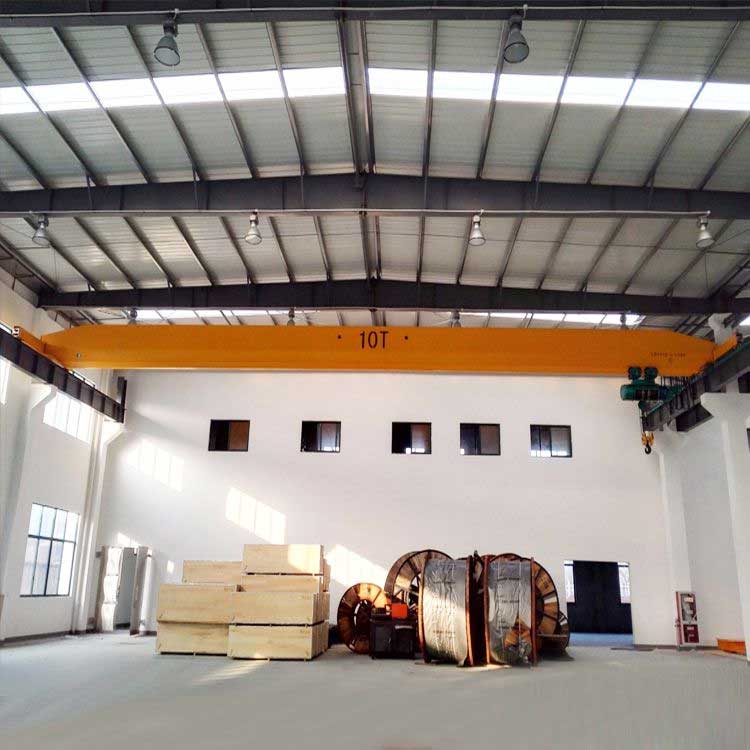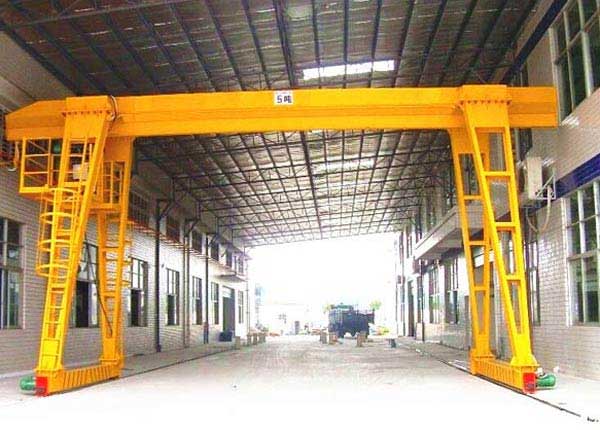After the overhead crane, gantry crane, or jib crane leaves the crane factory, it is generally stipulated that there is a running-in period of about 60 hours (some are called the running-in period). The running-in period is stipulated by the manufacturing factory based on the technical characteristics of the cranes in the early stage of use.
The running-in period is an important link to ensure the normal operation of the crane, reduce the failure rate and prolong its service life. But at present, some users ignore the special technical requirements of the running-in period of the new machine due to a lack of common sense of crane use, tight construction period, or wanting to obtain benefits as soon as possible. Some users even think that the manufacturer has a warranty period anyway, and the manufacturer is responsible for the maintenance if the machine is broken. So the machine is overloaded for a long time during the break-in period, resulting in frequent early failures of the machine, which not only affects the normal use of the machine. The service life of the cranes is shortened, and the progress of the project is also affected due to the damage to the machine. Therefore, the use and maintenance of the crane’s running-in period should be fully paid attention to.

Due to the influence of factors such as processing, assembly, and adjustment of new machine parts, the friction surface is rough, the contact area of the mating surface is small, and the pressure-bearing condition of the surface is uneven. During the operation of the cranes, the concave and convex parts on the surface of the parts fit into each other and rub against each other, and the metal chips that fall off, as abrasives, continue to participate in the friction, which accelerates the wear of the mating surfaces of the crane parts. Therefore, it is easy to cause wear of crane parts (especially the mating surfaces) during the running-in period, and the wear rate is fast. At this time, if overloaded, it may cause damage to components and cause early failure.
Since the fitting clearance of the newly assembled crane parts is small, and due to assembly and other reasons, it is difficult to ensure the uniformity of the fitting clearance, and the lubricating oil (grease) is not easy to form a uniform oil film on the friction surface to prevent wear. As a result, the lubrication efficiency is reduced and the early abnormal wear of the crane parts is caused. In severe cases, the friction surface of the precision fit will be scratched or occluded, resulting in failure.

The newly machined and assembled crane parts have deviations in geometric shape and matching size. In the early stage of crane use, due to alternating loads such as shock and vibration, as well as the influence of factors such as heat and deformation, as well as excessive wear, and other reasons, it is easy to cause damage. The previously tightened parts loosened.
Due to the loosening of crane parts, vibration, and the influence of machine heat, leakage will occur on the sealing surface of the cranes and pipe joints. Some casting, machining, and other defects are difficult to find during assembly and debugging. But due to vibration during operation, and impact, this defect is exposed, manifested as leakage (seepage) and oil (water). Therefore, leakage is prone to occur during the running-in period.
Due to insufficient understanding of the structure and performance of the machine (especially new operators), it is easy to cause failures due to operational errors, and even cause mechanical accidents.